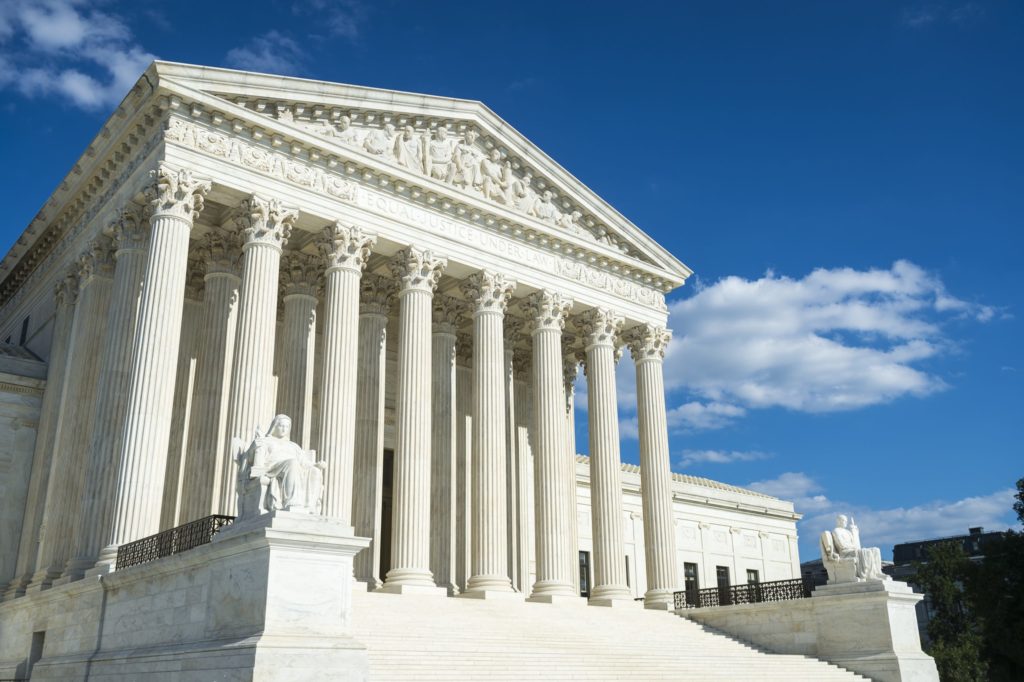Puerto Rico bill proceeds with oversight board and no bailout
The House Natural Resources Committee is taking testimony today on its bill to address the Puerto Rico debt crisis, and could send a finished bill to the full U.S. House as early as tomorrow. As the Puerto Rican government’s finances continue to unravel rapidly, it is decidedly time for Congress to act.
The bill gets two fundamental issues right. It takes the essential first step: creating a strong emergency financial control board to oversee and reform the Puerto Rican government’s abject financial situation and operations. The oversight board the bill provides should be put in place as soon as possible. (See “Puerto Rico needs a financial control board.”)
Second, it provides no bailout for the bondholders. Should U.S. taxpayers provide a bailout to those who unwisely lent money to the Puerto Rican government? Clearly not. When governments spend and borrow themselves into insolvency, those who provide the debt should bear the risk on their own. Since the citizens of Puerto Rico themselves pay no federal income taxes, this imperative is even stronger.
Objections are raised that these losing investments were made while relying on the Puerto Rican government’s inability to enter bankruptcy proceedings. But the fact that you cannot enter bankruptcy does not stop you from going broke. When you are broke, and the cash is gone, and the lenders won’t lend to you any more, the question becomes how big a loss the various parties will take. Nobody knows the right answer at this point: that’s one of the reasons we need the oversight board.
The Puerto Rican government has now made settlement offers for outstanding debt which would pay, on average, about 66 cents to 75 cents on the dollar. For the debt held by its own residents, it offers a special deal: you could be paid at par, starting 49 years from now, and get an interest rate of 2 percent. Discounted at 5 percent, this implies a value of about 45 cents on the dollar. Presumably, this would be a way to avoid recognizing losses for Puerto Rican credit unions which would not mark to market.
There are three contenders for the vanishing cash of the Puerto Rican government: the creditors, the ongoing operations of the government and the beneficiaries of the large and virtually unfunded government pension plan. How to share the losses among the claimants is the fight at the center of all insolvencies and will be so in this one, too.
There is no pleasant way out of the current situation. We won’t even know how deep the component insolvencies are until the oversight board gets in there and figures it out. In the meantime, we also should wrestle with the third fundamental issue: how to create a successful market economy to replace Puerto Rico’s current failed government-centric one.







